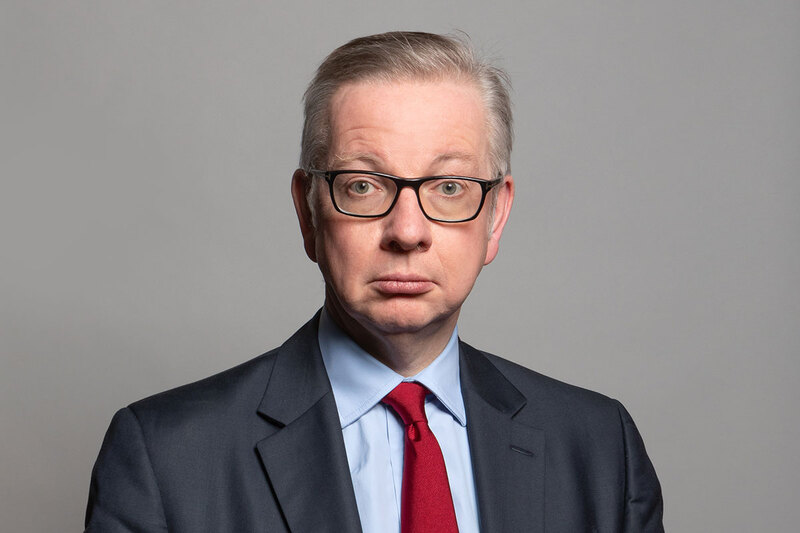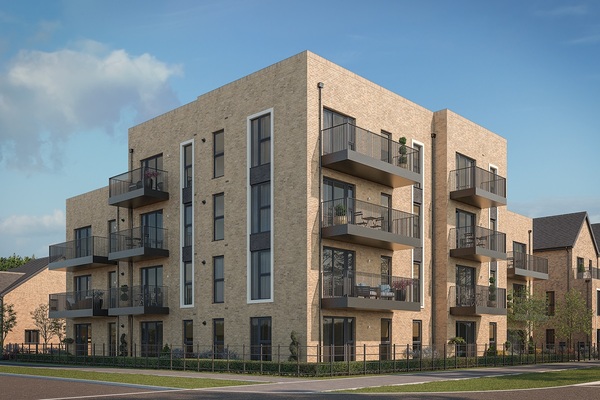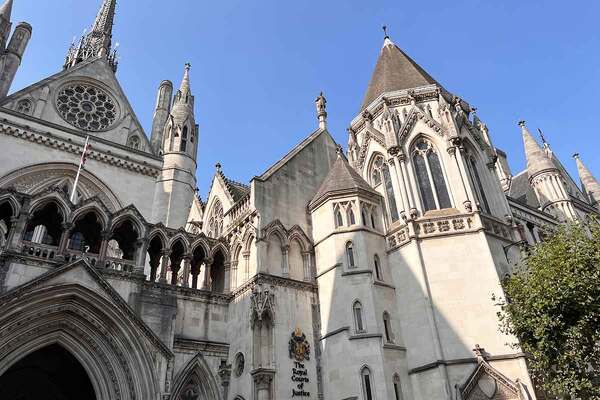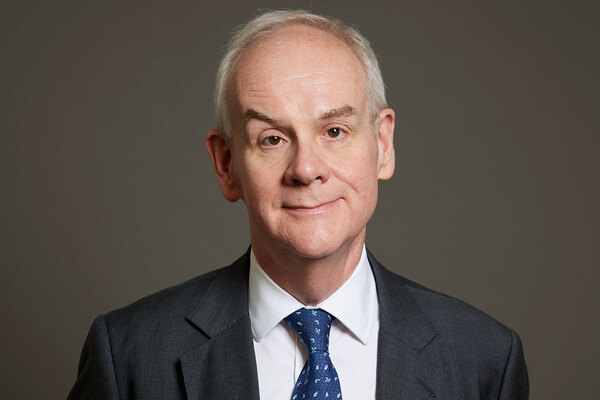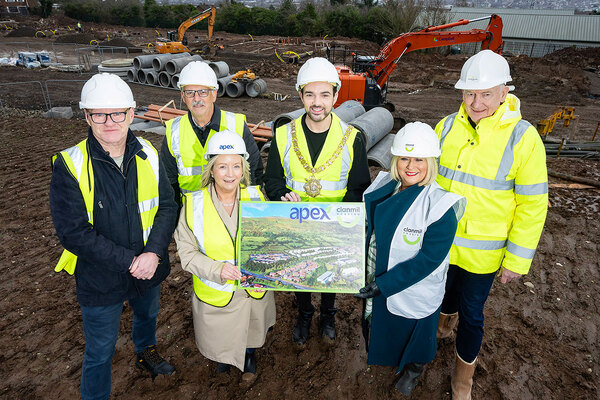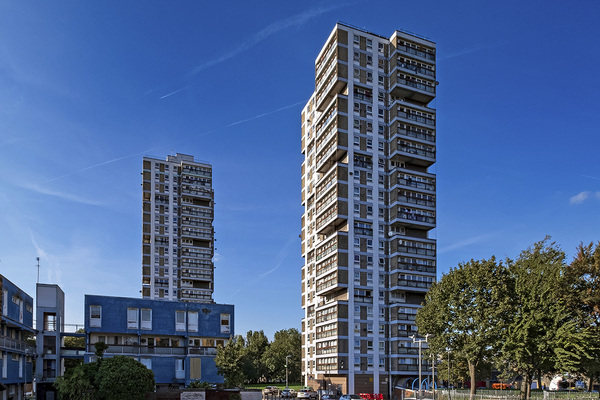You are viewing 1 of your 1 free articles

Jon Tabbush is a senior researcher at Centre for London
Government has failed to face up to the real cost of fixing London’s housing crisis
The government is living in a fantasy on housing and it needs to face the truth, writes Jon Tabbush
London is the epicentre of the country’s housing crisis. A quarter of Londoners live in poverty after paying for their homes. In one of the richest cities on Earth, more than one child in every classroom is homeless and living in temporary accommodation, while rough sleeping is up 50% over this decade.
But we are still set to invest less than £1bn a year of public money in new affordable homes in the capital until 2026. You would struggle to find anyone working in the sector who thinks it will touch the sides of the shortage.
‘Crackpot realism’ refers to the tendency of those in power to double down on a strategy they know will fail – ‘the simplification of known catastrophe’ – while rejecting any alternative as unrealistic, and their critics as idealists, unable to face facts.
It was coined by the sociologist C Wright Mills to describe American militarism, but, as we consider how housing investment is being discussed during the worst crisis for nearly a century, it’s an evocative term.
In 2021-22, we built just under 3,500 affordable homes, of all types, in the capital. Best estimates suggest that we need to increase that number by more than 10 times to more than 45,000. More than 30,000 of those should be for social rent, the most affordable tenure. If this was accompanied by reforms and investment to facilitate a big expansion in private housebuilding, that would mean more than 75,000 new homes a year in the capital.
The affordable component of that package would cost some £15bn every year across England, for 15 years. That may sound like a tall order. But it is simply how much fixing the crisis will cost. It is also roughly what we spend on housing benefit every year, which goes into the pockets of private landlords, without creating any new assets.
“Perhaps we shouldn’t be surprised that the 16th housing minister in 14 years is struggling to make an impact on the crisis”
And although the government’s decision to give social rent highest priority within the Affordable Homes Programme is welcome, it represents a zero-sum re-profiling of existing spending, rather than a new commitment. But perhaps we shouldn’t be surprised that the 16th housing minister in 14 years is struggling to make an impact on the crisis.
Unfortunately, Labour is also falling short. Having begun by promising to make social housing the second-largest tenure again (requiring up to 600,000 new social homes), the party is now promising to ‘go net positive’ on social homes within its first year, building more dwellings than are demolished or sold.
This is not an especially difficult task. Ending the Right to Buy or, as Labour has pledged, sharply cutting the discount available to purchasers, would do the heavy lifting here. But although sensible, alone it would not make a dent in London’s housing need.
And when asked, the shadow minister for housing has said that building the number of social homes widely accepted to be necessary (90,000 per year in England) was not ‘feasible’. Instead, the party would commit to tightening up Section 106 developer contribution agreements and increasing the flexibility of existing grants, alongside wider (generally unspecified) changes to the planning system. None of these proposals are unreasonable and would all make an impact on delivery. But they are simply in the wrong order of magnitude for the crisis we are facing.
In Labour Party circles, reference is often made to Gordon Brown’s decision to re-inject demand into the housing and construction markets during the downturn following 2008 by building social homes – this is said to illustrate the ‘counter-cyclical’ role of investment in affordable homes.
But it is an open secret that that lever no longer exists. Today, housing associations build around 95% of social homes a year and are the only actor that could deliver an increase in supply at scale. But the cross-subsidy model that housing associations rely on, by which falling government grant rates were replaced by building homes for the market and private borrowing, makes that impossible.
Capacity to build new affordable homes is driven by the availability of private finance. Housing associations are now almost as tied to the wider construction and financial markets as for-profit home builders.
“A recent survey found that nearly half of housing associations weren’t confident they could maintain development at even 2021-22 levels, let alone boost supply”
And delivery is collapsing. A recent survey found that nearly half of housing associations weren’t confident they could maintain development at even 2021-22 levels, let alone boost supply. Without intervention, the number of new affordable homes built will fall sharply in coming years – high interest rates, runaway construction cost inflation, and a refocus onto the quality of existing stock make it a foregone conclusion.
A distressed private housing market, in which transaction numbers are falling rapidly and prices teetering on the edge of collapse, cannot fund a renaissance in affordable homebuilding. It is simply not going to happen.
In the meantime, we are reaping the whirlwind of decades of sustained underinvestment in housing. Nearly 140,000 households are in temporary accommodation across England, more than half of which are in London. Families with young children are being housed in converted office blocks, with broken heating and holes in the wall.
This short-term fix, which leaves families in insecure, unsafe and inappropriate housing for years on end, cost more than £1.7bn between 2022 and 2023. It is highly likely to contribute to more councils issuing Section 114 notices – essentially declaring bankruptcy – in the next year.
It isn’t realistic to deny the real cost of ending our housing shortage and claim that minor changes to regulations will do the job, it’s crackpot realism. Pretending that our current strategy of quick wheezes, announcements and U-turns will do anything to solve the housing crisis is a fantasy. We need to get serious.
Jon Tabbush, senior researcher, Centre for London
Sign up for our daily newsletter
Already have an account? Click here to manage your newsletters
